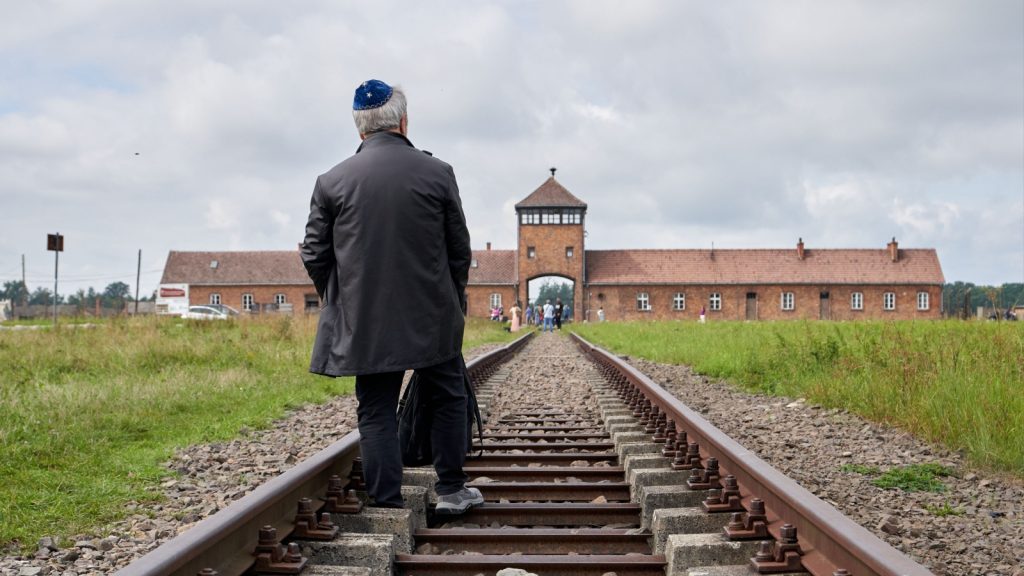As Halloween approaches, many thrill-seekers search for eerie destinations that offer more than just spooky fun. Dark tourism, however, takes a different approach by drawing people to places tied to real-life tragedies. This type of travel sparks a lot of debates: What exactly is dark tourism, and is it right to visit these sites? Should you even consider it?
Understanding Dark Tourism
Dark tourism involves visiting locations linked to historical events of death, disaster, or suffering. While it may seem morbid, you might have unknowingly participated in it already. These places often attract visitors who are curious about the past, hoping to learn about significant events while experiencing the somber atmosphere firsthand. What sets dark tourism apart is its focus on real tragedies—whether they’re sites of mass killings, natural disasters, or museums dedicated to these events. In contrast, attractions designed purely for scares, like haunted houses or Halloween events, don’t fall under dark tourism.
The Ethics of Dark Tourism
So, is it ethical to visit these places? The answer isn’t clear-cut. Many dark tourism sites aim to educate visitors about historical tragedies to prevent history from repeating itself. These sites can also be a way to honor the memory of those who suffered. On the other hand, some locations turn tragedy into a form of entertainment, such as tours of notorious crime scenes or execution sites. There are also sites that are simply eerie, providing a thrill without much harm.
If you’re unsure whether visiting a dark tourism site is appropriate, ask yourself a few questions to help you decide:
Does the site educate visitors about historical events in a respectful manner?
Examples include tours of Auschwitz, visits to the Holocaust Museum, or the Ground Zero memorial.
If the site is more focused on entertainment, has enough time passed that it no longer impacts the victims’ families?
Consider places like Salem, Pompeii, or the Jack the Ripper Museum.
3. Is the site a historical structure, such as a church, castle, or catacombs?
Think about visiting the Catacombs of Paris, San Bernardino alle Ossa, or an ancient cemetery.
If your answers are “yes” to any of these questions, the site is likely an appropriate place to visit. However, if the location is tied to recent tragedies or sensationalized crimes, it might be better to skip it. Some sites, unfortunately, exploit recent tragedies for profit, causing further pain to those affected. Examples include:
The homes of serial killers like Jeffrey Dahmer or John Wayne Gacy.
Plantation homes in the U.S. that gloss over the horrors of slavery in favor of their beauty.
Dark tourism sites should maintain a respectful and educational approach, with clear guidelines for visitor behavior. However, managing these sites can be challenging, especially when they attract large crowds.
Being a Responsible Dark Tourist
Your actions as a visitor are just as important as the ethics of the site itself. There have been instances where social media influencers were criticized for taking inappropriate photos at Auschwitz, or when Justin Bieber left a questionable message at Anne Frank’s house. Even something as simple as acting respectfully during a visit to a memorial or museum is crucial. Remember, these sites are often places of mourning, and it’s important to treat them with the dignity they deserve.
The Significance of Dark Tourism
Visiting dark tourism sites can be an important way to understand history’s darkest moments. These sites allow us to pay respects to those who suffered while learning valuable lessons to avoid repeating past mistakes. Humans have a natural curiosity about such places, and when approached with respect, dark tourism can be a meaningful and educational experience.
The debate around dark tourism is complex. Some argue that it’s wrong to visit places of tragedy, seeing it as a form of exploitation or morbid fascination. While this may be true in some cases, these sites play a vital role in helping us comprehend human history. It’s up to us to visit them thoughtfully, ensuring that we and others maintain respect for what these places represent.
I believe that it depends on the location, your reason for going, and what you take away from it. Pompeii, for example, is astonishing and wonderful while also obviously tragic and terrible. The garden of the fugitives, for example, will take your breath away with the palpable terror and despair those people must’ve felt in their last moments. But more than just the tragic end of Pompeii, other parts of the city bring those ancient people and their way of life almost within touching distance. The political graffiti, the naughty paintings, and the weird Villa of the Mysteries are all utterly fascinating and can teach us a lot about our ancestors.
Katy Willis is a writer, master herbalist, master gardener, and certified canine nutritionist who has been writing since 2002. She’s finds joy in learning new and interesting things, and finds history, science, and nature endlessly fascinating.

